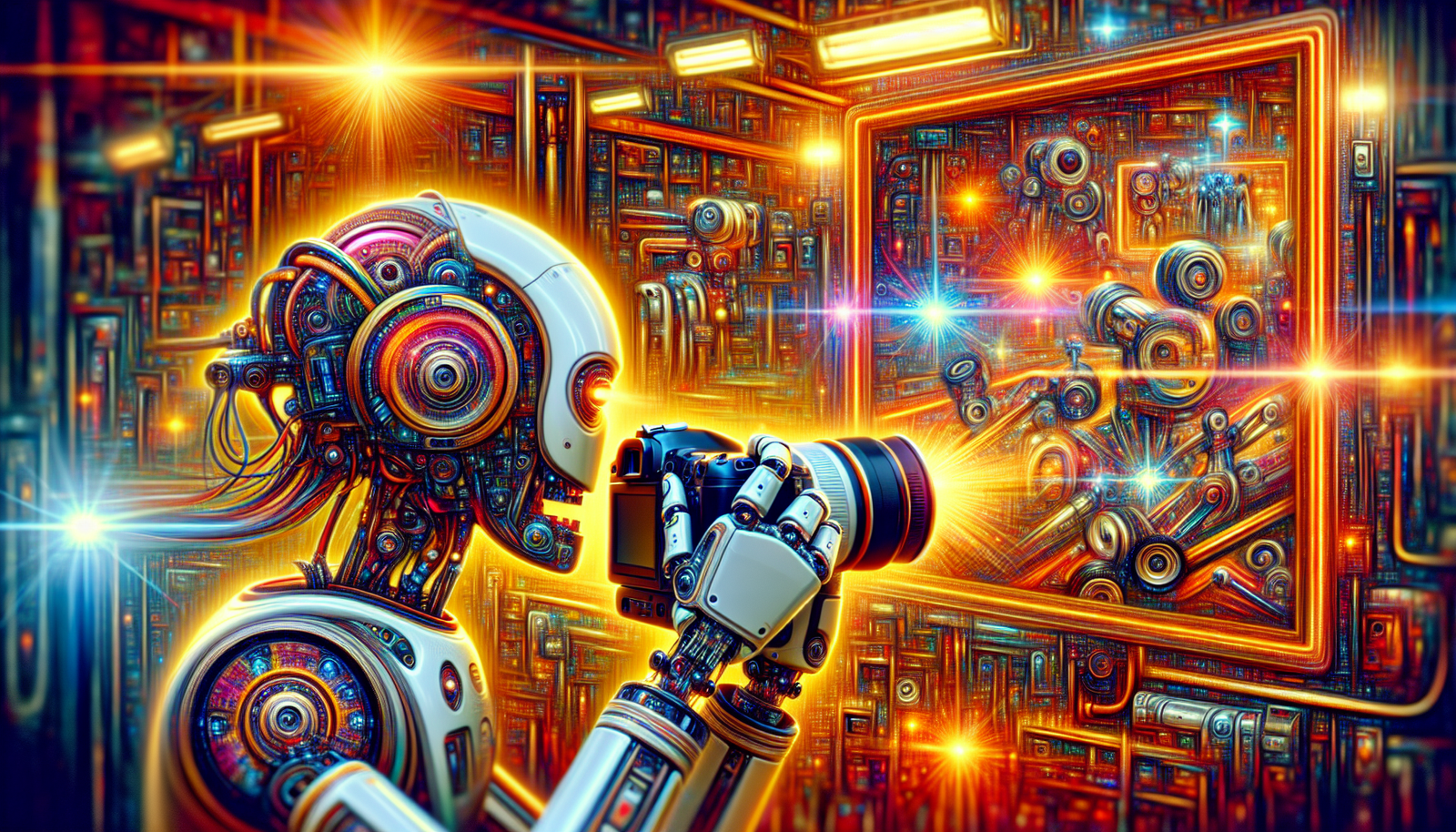The continuous acquisition of skills is revolutionizing the world of robotics.
An incessant quest to imitate human learning structures technological evolutions. Current research focuses on an innovative framework that mimics *lifelong learning* of humans. The profound implications of this advancement touch various fields while redefining the interactions between machines and the environment. A more sophisticated approach enables the emergence of autonomous systems capable of adaptive learning.
An innovative framework transforms robots into learning entities.
Systems are now engaged in a cycle of self-improvement, optimizing their capabilities. An era where
expertly assisting robots
and flexibility becomes more than likely.
Continuous skills acquisition in robots
An innovative framework has recently been developed to simulate the continuous learning of robots, mimicking how humans accumulate knowledge over time. This advancement could profoundly transform the landscape of robotics and artificial intelligence systems.
Mechanisms of incessant learning
The new model relies on principles of lifelong learning, allowing machines to adapt and evolve with their environment. Our system, based on a multimodal learning approach, facilitates the integration of various data sources, thereby enhancing the autonomous learning capabilities of robots.
Applications in education and beyond
The implications of this framework extend to several fields, including education. Robots designed to interact with students can now adapt their teaching methods according to the specific needs of learners. These intelligent machines thus support teachers while promoting critical skills such as analytical thinking.
Effects on STEM learning
The integration of robots into educational programs enhances learning in science, technology, engineering, and mathematics (STEM). Students benefit from direct interaction with robots programmed to teach, making learning more immersive and engaging.
Technologies at the heart of innovation
Certain methods, such as reinforcement learning, are particularly promising. These techniques allow robots to experiment in a structured environment, providing them with opportunities for continuous improvement. The alliance between robots and AI remains essential in this quest for autonomy.
Strategic partnerships
Collaborations between institutions, such as that between Boston Dynamics and the Robotics & AI Institute, reinforce this evolution. Together, they envision a shared learning pipeline aimed at developing humanoid robots capable of interacting effectively in real-world scenarios.
Challenges and future perspectives
Although this approach is promising, it poses challenges. One of the biggest issues concerns data security and privacy protection in the face of the constant accumulation of information by robots. This raises crucial ethical questions regarding the use of personal data.
Necessary regulations
Appropriate legislation must emerge to frame these innovations, ensuring a harmonious integration of intelligent robots into society. Governments and organizations must collaborate to establish standards and ethical practices in robotics.
Impact on industries
Beyond the education sector, the influence of evolving robotics is felt across multiple industries, from manufacturing to healthcare. Companies investing in these technologies gain unprecedented efficiency and agility. Continuous skills acquisition allows robots to adapt quickly to changing market demands.
This dynamic represents an opportunity for companies to move closer to automation and maximize their return on investment, particularly through innovations like those offered by Snowflake.
Reflective conclusion on the future of robots
The path opened by the continuous acquisition of skills in robots reshapes our understanding of artificial intelligence. The horizon is marked by unprecedented possibilities, where the harmony between humans and machines could be strengthened, paving the way for yet unexplored innovations.
FAQ on continuous skills acquisition in robots
What is continuous skills acquisition in robots?
It is a process by which robots learn and refine new skills iteratively, mimicking human learning that builds over time. This allows them to improve their performance autonomously.
How do robots mimic human learning?
Robots use machine learning models and artificial intelligence systems that enable them to accumulate experiences and knowledge similarly to humans, relying on data and interactions with their environment.
What are the benefits of continuous learning for robots?
This approach allows them to adapt their skills to different situations, solve problems more effectively, and evolve over time while reducing the need for constant human interventions.
How have researchers developed this learning framework?
Researchers have designed advanced algorithms based on deep learning models that optimize the acquisition of new skills and their transfer, integrating concepts from cognitive psychology and lifelong learning.
What practical applications can we expect from this technology?
Possibilities include the use of robots in educational, industrial, and domestic environments, where they can quickly adapt to user needs while improving process efficiency.
Can robots learn from their mistakes?
Yes, through feedback systems, robots can analyze their mistakes and adjust their behavior to avoid repeating them, which is an integral part of their continuous learning.
What challenges remain to be overcome in the field of continuous learning in robots?
Challenges include the need to enhance the autonomy of robots in complex environments, ensure the safety of their operations, and make their learning processes more transparent for users.
How will continuous learning in robots affect the job market?
While this may create opportunities in emerging fields, there are also concerns regarding the automation of certain tasks, which could lead to changes in the structure of the job market and the demand for new skills.
Can robots train each other?
Yes, some research shows that robots can share knowledge and skills with other robots, allowing them to learn together and improve their collective effectiveness.






